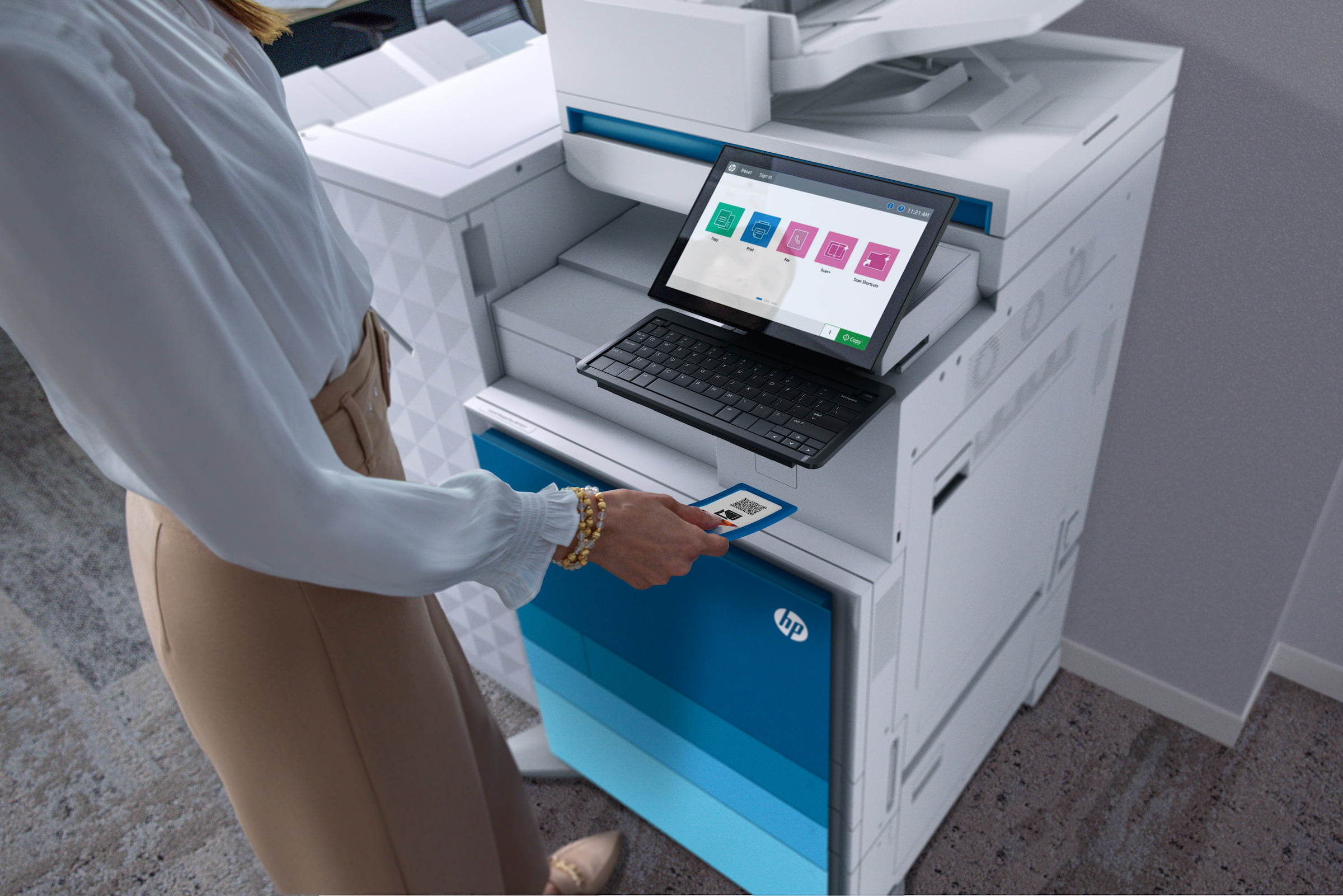Effective data management storage involves understanding what data is held and how it is stored and used. With today’s financial services companies managing an exponentially growing volume of sensitive data, the risk of loss is higher than ever.
Disaster recovery helps in designing strategies that can quickly restore hardware, applications and data, so that financial organisations can continue to work even in the event of sudden data loss. Just as people have emergency plans in order to protect their family, companies must do the same in order to maintain business continuity.
Risk of data breach online
With the reliance of businesses on IT infrastructure and staff to run everyday operations, it has become critical for organisations to create a disaster recovery plan for data storage. Data is under threat from loss or damage through human error, accidental erasure, and physical threats like failed hardware, natural disasters, or the theft of company computers or mobile devices.
There is an increased risk of data breaches occurring online - hackers can infiltrate computers over the internet, certain viruses can erase files, and ransomware allows hackers to steal vital data and issue ransoms for its safe return (which is not guaranteed). There is also the risk of internal breaches occuring due to malicious action by an individual or a disgruntled employee. With proper data management and disaster recovery planning, a company is more likely to survive through such events.

Best Practices
The way data is stored is key to keeping it safe. There are some standard practices that can be implemented for on-premise data storage such as:
-
Setting back up procedures regularly
-
Install data security software on all computers & servers
-
Hardware firewalls to keep out hackers
-
Two-factor authentication i.e. ID cards, email verification
-
Password protocols i.e prompting users to change passwords on a regular basis
-
Secure print release software for access to authorised data
-
Have physical security by keeping servers locked in a secure room
-
Use locks to keep laptops secure
Because the security of data is a necessity, it is critical that businesses maintain control and visibility of all confidential and sensitive data. A loss of data translates to a loss of revenue. An operational disaster recovery plan allows you to best administer your current requirements and plan your future ones; utilising new technologies, processes, and procedures that ensure company assets are protected.
If you’re concerned about your data management and don’t have a sufficient disaster recovery plan in place, speak to our experts today by completing the form below.












































